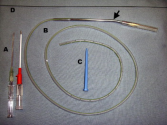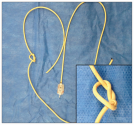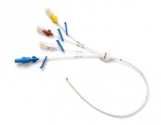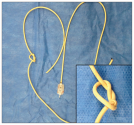YaYa_521
Retired WS Staff
- Joined
- Jan 29, 2019
- Messages
- 16,712
- Reaction score
- 47,894
*NO PHOTOS*
The National Missing and Unidentified Persons System (NamUs)
CASE NUMBER - 3008UMCO
Location of Discovery: Adams County, Colorado
Estimated Date of Death: Unknown
State of Remains: Not recognizable - Mummified
Cause of Death: Unknown
Race: Black/African American
Gender: Male
Height: 6'0", Estimated
Weight: Cannot Estimate
Hair Color: Black
Eye Color: Unknown
Distinguishing Marks/Features: Unknown
Fingerprints: Not Available
DNA: Available
Jewelry: Unknown
Additional Personal Items: Unknown
Agency Contact Person: Monica Broncucia-Jordan
Agency Phone Number: 303-659-1027
Agency E-Mail: N/A
Agency Case Number: A00-423
NCIC Case Number: Unknown
NamUs Case Number: 14571
The National Missing and Unidentified Persons System (NamUs)
CASE NUMBER - 3008UMCO
3008UMCO - Unidentified Male
Date of Discovery: March 14, 2000Location of Discovery: Adams County, Colorado
Estimated Date of Death: Unknown
State of Remains: Not recognizable - Mummified
Cause of Death: Unknown
Physical Description
Estimated Age: 55-65 years oldRace: Black/African American
Gender: Male
Height: 6'0", Estimated
Weight: Cannot Estimate
Hair Color: Black
Eye Color: Unknown
Distinguishing Marks/Features: Unknown
Identifiers
Dentals: Not AvailableFingerprints: Not Available
DNA: Available
Clothing & Personal Items
Clothing: UnknownJewelry: Unknown
Additional Personal Items: Unknown
Circumstances of Discovery
Decedent found at 104th Avenue near the South Platte River. Blue fluid-filled filament found in chest cavity.Investigating Agency(s)
Agency Name: Adams County Coroners OfficeAgency Contact Person: Monica Broncucia-Jordan
Agency Phone Number: 303-659-1027
Agency E-Mail: N/A
Agency Case Number: A00-423
NCIC Case Number: Unknown
NamUs Case Number: 14571






